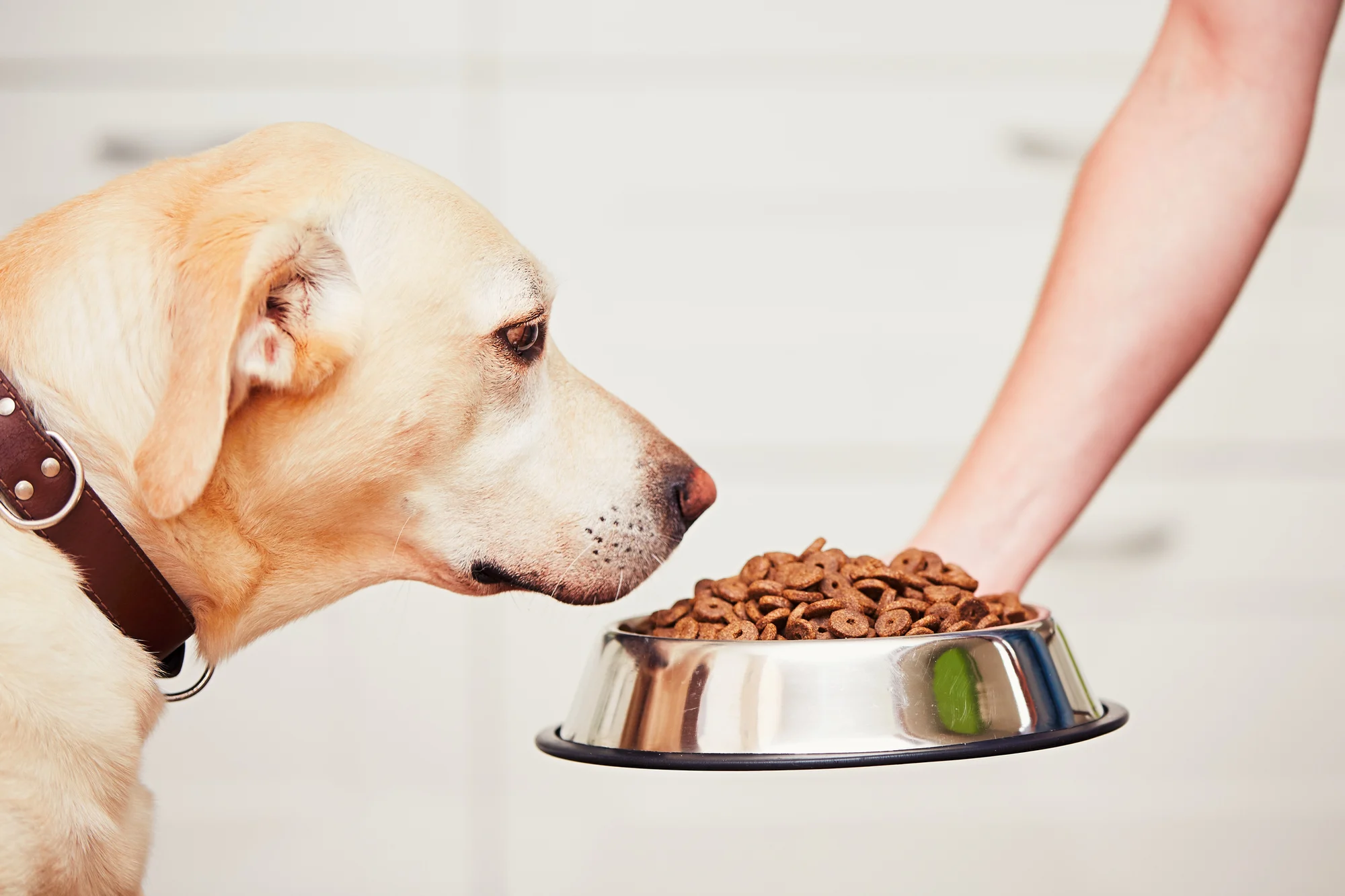Dogs are known for being loyal companions, but sometimes their behavior can be unpredictable or unwanted, especially in certain situations like public spaces or when dealing with aggressive or stray dogs. One solution that has gained popularity is the use of ultrasonic dog repellers. These devices offer a humane, non-invasive way to deter dogs without causing them any harm.
In this article, we’ll explore what ultrasonic dog repellers are, how they work, their benefits, and key considerations when choosing the best one for your needs.
What is an Ultrasonic Dog Repeller?
An ultrasonic dog repeller is a handheld or stationary device designed to emit high-frequency sound waves that are beyond the range of human hearing, but audible to dogs. These sound waves are unpleasant to dogs and discourage them from approaching the source. Since the sound does not physically harm the dog, ultrasonic devices are considered a humane way to manage aggressive or unwanted canine behavior.
These devices are typically used in situations where a person wants to avoid a dog encounter, such as when jogging, biking, or walking in areas where aggressive or stray dogs might be present. They can also be useful for training purposes to discourage certain behaviors, such as excessive barking or jumping.
How Do Ultrasonic Dog Repellers Work?
Ultrasonic dog repellers operate on the principle that dogs (and many other animals) can hear higher frequencies than humans. While the human ear can only detect sounds up to 20,000 Hz, dogs can hear frequencies up to 65,000 Hz. Ultrasonic devices typically emit frequencies in this upper range, which are uncomfortable for dogs but not painful or harmful.
When a dog approaches or behaves aggressively, the device is activated (either manually or automatically), and the ultrasonic sound is emitted. The dog hears this sound and associates it with discomfort, discouraging it from approaching or continuing the unwanted behavior. Over time, dogs can learn to avoid certain actions or areas altogether after being repeatedly deterred by the ultrasonic device.
Benefits of Using Ultrasonic Dog Repellers
There are many reasons why ultrasonic dog repellers have become popular, particularly among joggers, delivery workers, and people who want a non-violent means of deterring dogs. Here are some of the key benefits:
1. Humane and Safe
One of the biggest advantages of ultrasonic dog repellers is that they are entirely non-violent. Unlike other deterrent methods such as sprays or physical barriers, ultrasonic devices do not cause any pain or physical harm to the dog. Instead, they rely on a sound frequency that is simply unpleasant, encouraging the dog to stop its current behavior.
2. Easy to Use
Most ultrasonic dog repellers are designed to be portable and simple to operate. Handheld devices often come with a single button that activates the ultrasonic sound, making it easy to use in emergencies or when a dog is approaching. Stationary devices, used for areas like gardens or yards, often have motion sensors that automatically activate the device when a dog enters the area.
3. Effective for Training
In addition to repelling aggressive or stray dogs, ultrasonic devices can be a useful tool in training your own pets. For instance, if your dog has issues with excessive barking or chewing on furniture, an ultrasonic repeller can be used to deter these behaviors without resorting to physical punishment. Over time, your dog can learn to associate the unpleasant sound with bad behavior and stop.
4. Wide Range of Applications
Ultrasonic dog repellers aren’t just for personal safety. They are also used in a variety of settings, such as:
- Garden or yard protection: Keeps stray dogs and other animals out of your outdoor spaces.
- Dog training: Helps reinforce good behavior positively.
- Personal safety: Provides an added layer of security for joggers, postal workers, and anyone who encounters unfamiliar dogs frequently.
- Preventing dog-to-dog aggression: Can be used to safely break up dog fights without physical intervention.
Things to Consider When Choosing an Ultrasonic Dog Repeller
When selecting an ultrasonic dog repeller, it’s essential to consider a few key factors to ensure the device suits your specific needs:
1. Range of the Device
The range is one of the most critical factors when selecting an ultrasonic dog repeller. Some devices can only be effective at short distances (e.g., 10-15 feet), while others can emit ultrasonic waves up to 50 feet or more. A range of 10-20 feet might suffice for personal use while jogging or walking. However, for protecting a larger area like a garden or yard, a repeller with a greater range would be necessary.
2. Portability
For handheld devices, portability is important, especially if you plan to carry it while jogging, biking, or walking. Look for a lightweight, compact design that easily fits in your pocket or attaches to a belt or bag. Handheld devices should also have simple controls for easy activation when needed quickly.
3. Power Source
Ultrasonic repellers are either battery-powered or rechargeable. If you choose a battery-powered model, check the battery life and consider keeping extra batteries on hand. Rechargeable models are more convenient for long-term use, but make sure to check the charging time and how long the charge will last in between uses.
4. Durability
If you’re planning to use your ultrasonic dog repeller outdoors frequently, make sure it’s built to last. Look for water-resistant or weatherproof devices that can withstand the elements. A durable device will serve you longer and won’t be easily damaged by rough handling.
5. Additional Features
Some ultrasonic repellers come with extra features that may be beneficial depending on your needs. These may include:
- Built-in flashlight: Provides added safety when walking at night.
- Multiple sound frequencies: Allows you to adjust the frequency based on the situation or the sensitivity of the dog.
- Training mode: Some devices have a specific setting for training pets, with less intense ultrasonic emissions.
Effectiveness of Ultrasonic Dog Repellers
While ultrasonic dog repellers can be highly effective for some dogs, it’s important to note that they may not work on all dogs or in all situations. Several factors can affect the success of an ultrasonic dog repeller, including:
- Dog’s Age and Hearing: Older dogs or dogs with hearing impairments may not be as affected by ultrasonic frequencies. Younger dogs with better hearing tend to respond more quickly.
- Dog’s Behavior: Highly aggressive or anxious dogs may be less deterred by an ultrasonic repeller if they are overly focused or aroused. In such cases, other methods of deterrence may be required.
- Training Consistency: If you’re using the device as part of a training regimen, consistency is key. Sporadic use of the device might not yield the desired results.
Conclusion: Is an Ultrasonic Dog Repeller Right for You?
Ultrasonic dog repellers offer a safe, humane way to deal with unwanted dog behavior, whether protecting yourself from stray dogs or training your own pet. They’re effective, easy to use, and widely applicable. However, it’s essential to choose a device that meets your specific needs in terms of range, portability, and additional features.
Before purchasing, it’s a good idea to read reviews and possibly consult with other pet owners or trainers who have used ultrasonic repellers. If used properly, these devices can help you create a safer environment for both humans and dogs, promoting better behavior and reducing the risk of aggressive encounters.









